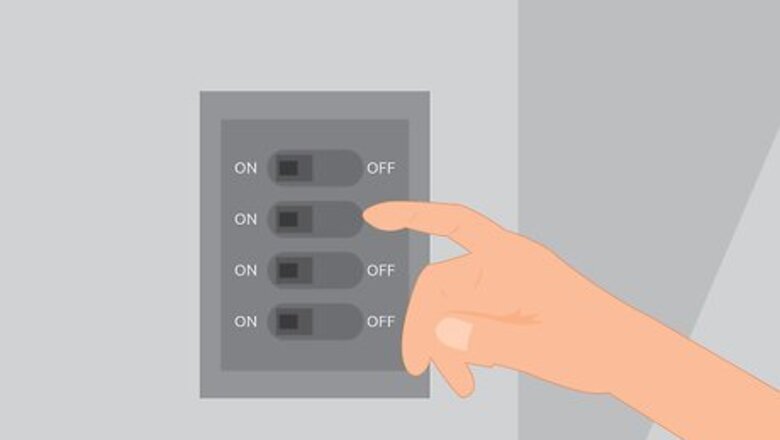
views
Note: This article only describes installing the switch itself, not rewiring two conjoined feeds that need to be separated. If you are trying to separate two lights that use the same wiring, as opposed to two already separate sources, you will likely need a trained electrician.
Removing Old Switches
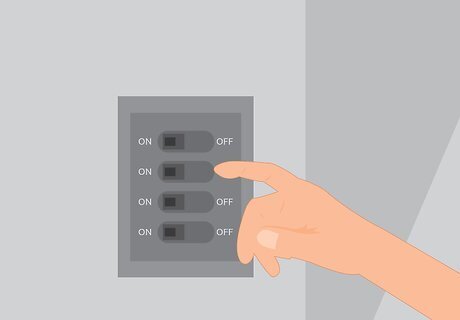
Cut the power to the room you're working in. Head to your circuit breaker and turn off the flow of electricity in the room you are working. Usually the correct circuit is labeled, but if it is not you should turn off all the power in order to be safe. The energy going to a switch is nothing to scoff at, and it can cause serious damage if you come in contact with it. You should still wear gloves and grounded, rubber soled shoes in order to be safe while working.

Use a voltage detector to ensure that there is no power coming to the wall. Touch the device to the old light switch or any exposed wires to ensure that there is no power coming to the wall. Some contractors will lump certain rooms together when wiring, meaning that a nearby bathroom that you thought was turned off could have several wires hooked up to the bedroom fuse. Simply touch the end of the detector to the light fixture in several places. If the detector light turns on, then power is still running to the switch. Always check and double-check that there is no power coming to you when you work. You can never be too careful when working with electricity.
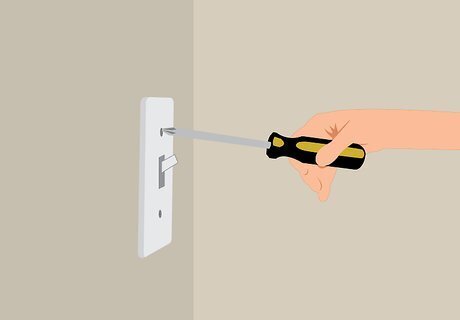
Unscrew the old switch and pull it off the wall. Remove both screws and set them aside for later. Pull off the fixture gingerly, removing it from the small switch box embedded in the wall. There should be three or four wires attached to screws on the switch, though they are usually not labeled. You will need to find out which wire is which through some simple tests later on. The feed is a hot wire, meaning it is always running with electricity. This wire sends electricity to the switch, which then controls whether or not to send electricity to the light, fan, etc. They are often, but not always, red or black, and on the side with a small metal tab, or fin. There will be two neutral wires connecting to your two appliances, and each one will correspond to a switch on your double-switch when you are done. They are often, but not always, white. The grounding wire, which is often green, yellow, or bare copper, and is attached to a green screw, helps to protect the switch and your house from an electrical short. Because it was not legally required in all houses for a period of time, some switches may not have grounding wires.
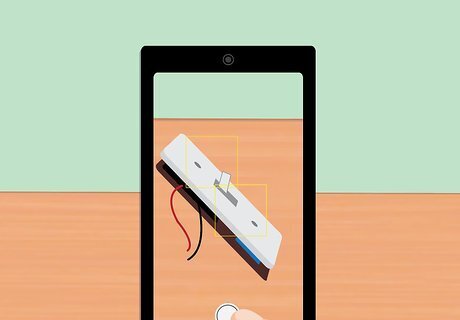
Take a picture of the current fixture for future reference. If you're not an experienced electrician, take a quick picture of the fixture to determine how the wires are placed. You could also draw a simple diagram. Note each wire and the location it is attached.
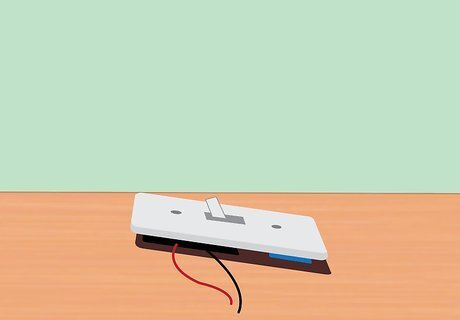
Unscrew and detach all of the wires from the old switch. The wires are held in place by screws, often called "terminals." The screws are tightened to clamp onto the exposed end of the wire, completing the circuit and powering the switch. To remove the wires, unscrew the screws and pull the wire off of the body of the screw. If you can keep the wire bent into its current shape it may be easier to attach later. You should have 3 or 4 exposed wires coming out of the switch box.
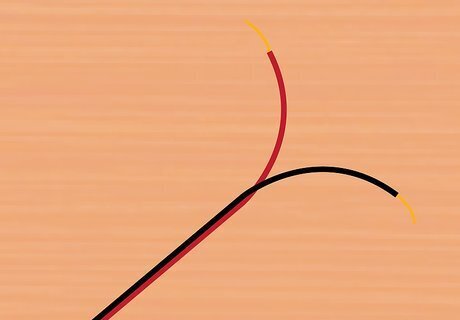
Carefully note and separate any conjoined wires. This is likely how two lights or appliances have been run to the same switch. One of the wires, for example, might be for your fan, and the other for the light. These two conjoined wires are wrapped or joined at the terminal, and wrapped around the same screw. They are likely your two feed wires, and will need to be installed on separate terminals later on.
Installing a Double Switch
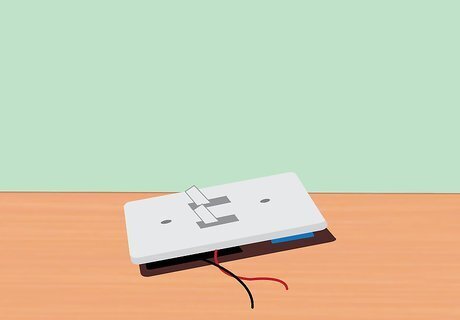
Ensure that none of the wires are touching metal. You're going to need to test the wires now, and if they are touching the metal switch box or the walls you could cause a short. Let the wires dangle out into open air. You're going to have to turn the power on to test which are the feed wires if you're unsure.
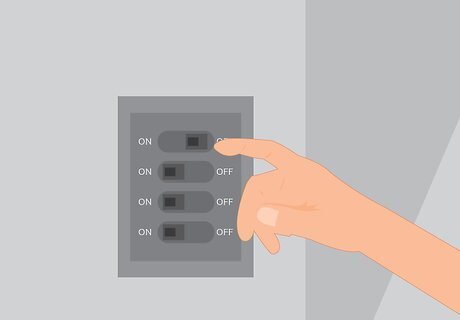
Turn the power back on to find the feed wire if you don't already know which one it is. If your wires are not labeled, you'll need to find out which wire is feeding electricity to your switch. Remember, however, that the hot wire is usually black or red, where the neutral wires are usually white. To figure out which is which without colors, turn the power back on at your location. Using a voltage detector, touch the end of each wire. The only one that will light up is the feed wire, because it is currently hot with electricity. Turn off the power before marking this wire. Be extremely careful with these wire while the power is on. Only touch them with your voltage detector and be sure to wear insulated gloves while working.
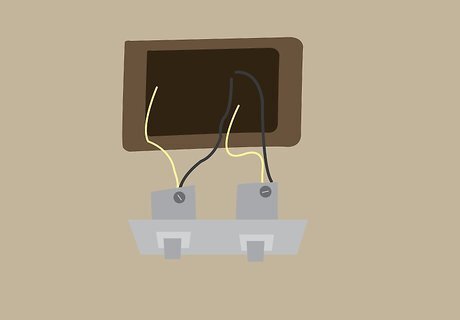
Determine which side of the switch is for feed wires and which is for neutral wires. There is a metal, rectangular tab on most double switches that indicates which side is for feed wires. This is where you need to connect your appliances. The other side is for the feed wire and gives the switch power. Frequently, the feed wire terminals (screws) are black or silver. The neutral side terminals are usually copper. The green screw is for the grounding wire.

Bend the end of the wires into a curve and hook them under the screws. You want the wire bent in a clockwise direction. This allows it to turn with the screw as you tighten the screw down. It does not matter which wires you attach first, but it is not a bad idea to start with the ground wire. Only attach one wire to each terminal. Make sure you remember to attach the grounding wire.

Screw the terminals down on the wire so that they do not move. You want the wire to fit snugly under the terminal so that has a good, solid connection. Tighten each screw down so that the wires cannot move.
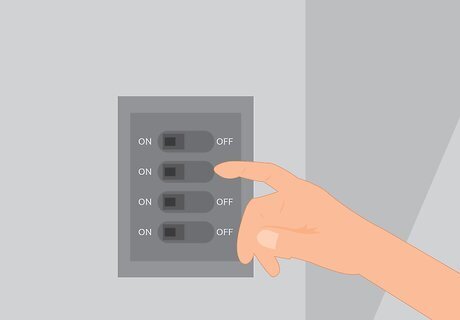
Turn the power back on to test the connections. With both switches in the "off" position, turn the power back on and check each switch individually. They should immediately power up the attached appliances.
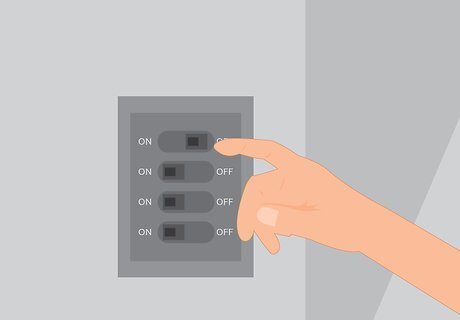
Turn the power off again and cover all the terminals with electrical tape. Wrap a piece of electrical tape around all the terminals, protecting them from potential shorts.
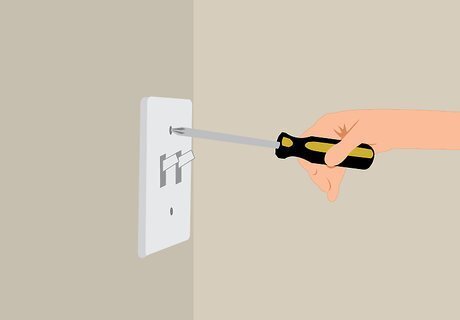
Screw in the new light fixture. With the power still off, place the fixture back on the wall and screw it in with the provided screws. Turn the power back on and celebrate -- you have a new double switch. If this is a new fixture, hold it up against the wall and mark the position of the screws with a pencil on the wall. Using a power drill, make holes where you marked and drill the holes, screwing the light fixture into these holes.
Troubleshooting
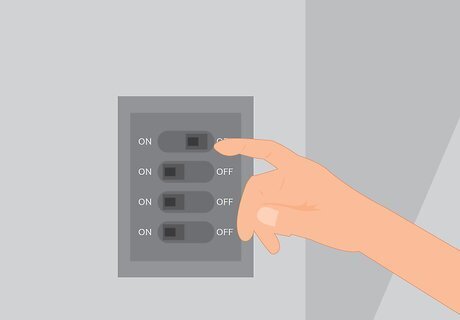
Turn the power back off before you begin troubleshooting. If you are removing the fixture or unscrewing anything, be safe and cut the power to the area you are working on. Use your voltage detector to make sure that there is no power in the switch before proceeding. Make sure you check the light bulb and appliance before continuing, as the problem may not be with the switch.
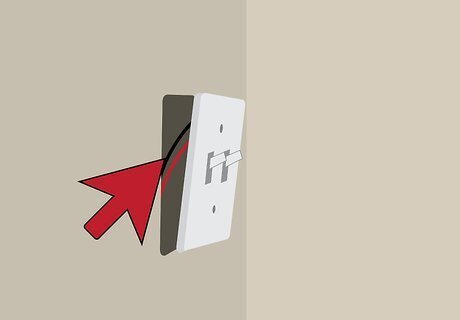
Make sure no exposed wires are touching the metal switch box. This will short the connection and prevent electricity from getting to your light. Cover up any exposed wire with electrical tape, or trim it and pull more wire through so that there is no excess wire in the switchbox.
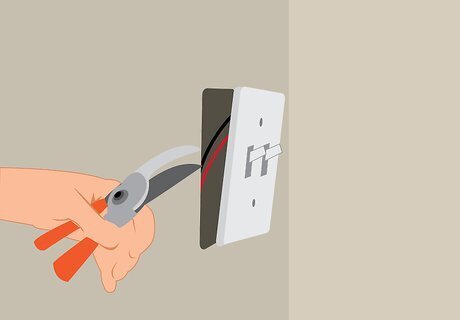
Check the connections of the wires. Most issues are due to a bad or loose connection. Partially unscrew the feed wire and both neutral wires. Make sure they are hooked tightly around the screw before tightening them back down. Use a pair of needle-nose pliers to clamp the ends of the wire around the screw. Make sure there is enough wire exposed to make a connection with the terminal. Use a pair of wire strippers to expose at least 1/2-inch of wire. If the end of the wire is frayed or nicked up, cut it off, strip another inch of insulation off, and use this end.
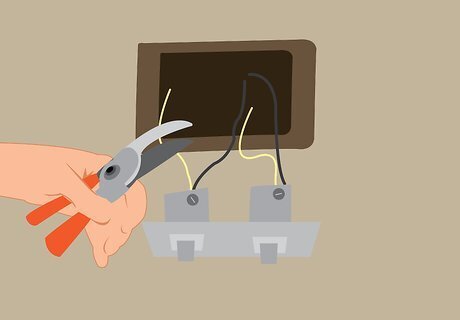
You have multiple hot feed wires. This is common with some older boxes, when you have two single switches hooked up instead of one double switch. A hot wire (red or black) comes out of the wall and into one switch, then out of that switch and into the other one. It may, in some cases, even return to the wall from the second switch. Don't let this discourage you -- simply attach the hot wire on the new fixture exactly how you found it on the old wire. This is why there are often two terminal screws on the feed side. Some electricians will cut the wire covering in the middle, loop the wire in the terminal, and allow the rest of the wire to continue into the wall. You should do the same thing if you see this is the case in your old switch.
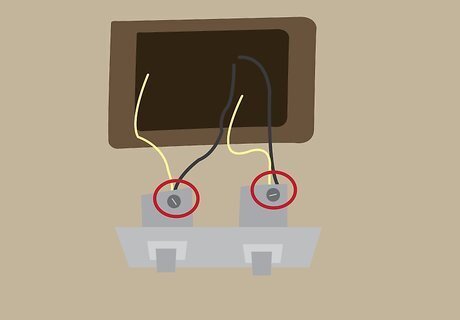
Make sure that you have the feed wire connected to the right side of the switch. If checking your connections still doesn't work, you should make sure that the feed wire is in the correct side of the switch. If your switch does not have it labeled, it is the side with the metal tab, or "fin." The screws are usually black. If there are two black terminals on the same side, it does not matter which one you attach the feed to. If you are still struggling reverse the connections or check the manual included with your new switch.

You don't have a ground wire. Many older houses won't have feed wires, but this is okay. The box is grounded to the house already, meaning you won't need one.














Comments
0 comment